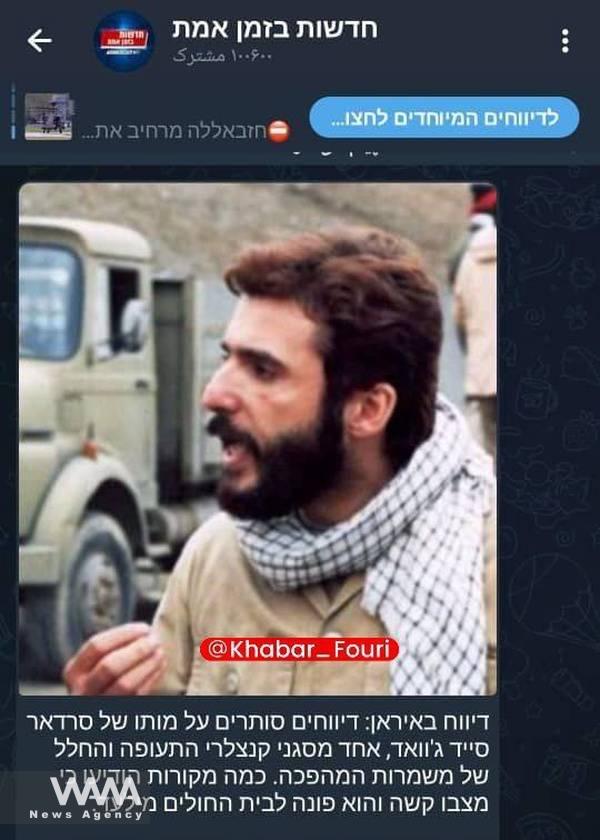8 Big Israeli Lies about Attacking Iran: A War Shrouded in Propaganda and Media Truth-Telling
WANA (Nov 01) – The Israeli regime has repeatedly tried to conceal its military and political weaknesses through propaganda and distortion of facts. Following its recent failed attack on Iran, Israeli media and their anti-Iran allies worldwide circulated fabricated and misleading stories. These narratives aimed not only to cover up military failures but also to influence Iranian and global public opinion. Below, we examine eight of these deceptive claims, each revealing a more complex reality.
1. War Room Photo: A Thrilling Yet False Scenario
It all started with the release of a photo of Israel’s war room, allegedly showing the Israeli defense minister overseeing an attack on Iran. This image, however, turned out to be an old, staged photo meant to mislead the public. Israeli officials used an old picture, placing it on a monitor and then photographing Gallant in front of it, leading to embarrassment when the deception was revealed.
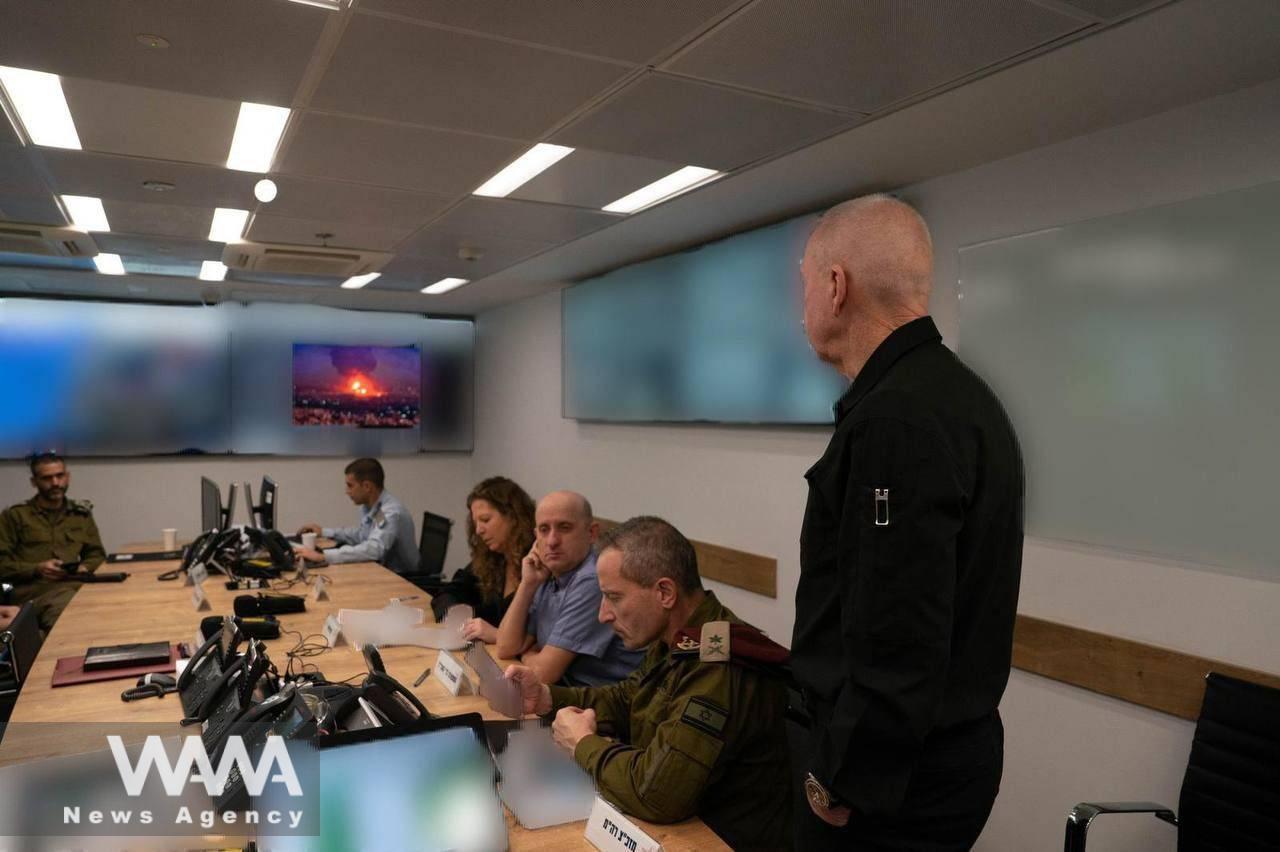
2. Attacking 20 Iranian Military Sites: A Noisy but Baseless Story
Following the attack, another claim emerged that Israel had targeted 20 critical military locations in Iran. This statement, promptly denied by Iranian officials, was soon recognized as an effort to exaggerate Israel’s military capabilities. Iranian air defense systems would have blocked such maneuvers if Israel had intended to strike those sites.
3. Iran’s Prior Knowledge of the Attack: A Story to Imply Intelligence Weakness
Western media suggested that Israel had informed Iran of the attack in advance. This claim, published by Axios, attempted to portray Iran as having intelligence vulnerabilities. Iran’s Foreign Ministry spokesperson responded: “Our armed forces continually monitor Zionist regime movements, and our air defenses intercepted most of their projectiles promptly.”
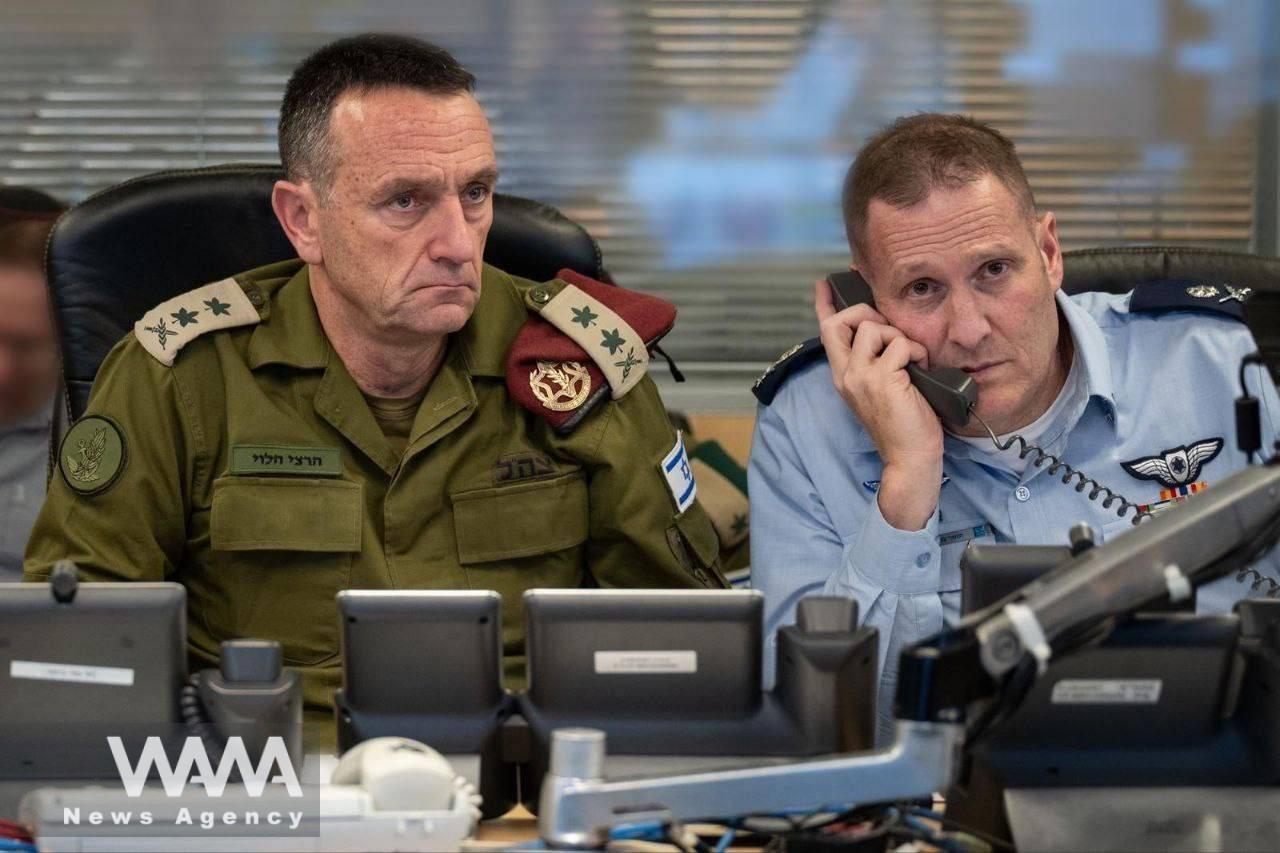
4. Israeli Jets Enter Iranian Airspace: A Deceptive Move for Attention
Another controversial narrative was the claim that Israeli jets entered Iranian airspace. Iranian military officials firmly refuted this, stating that only missiles were involved. The Iranian Foreign Ministry spokesperson denied any Israeli jets had crossed into Iranian territory. A retired military official, Abdul Karim Khalaf, told Al Jazeera, “No aircraft participated in the attack—only missiles were used.”

Hebrew-Western Media Amplifying Israel’s Attack through Cognitive Warfare
WANA (Oct 29) – Israeli and Western media have sought to amplify Israel’s recent attack by leveraging cognitive warfare. Known as “cognitive warfare,” this approach blurs the line between truth and semi-truth, diminishing the boundary between lies and reality. Through ambiguity created by media channels, cognitive warfare aims to induce mental confusion, attempting to […]
5. Non-Participation of the U.S.: An Attempt to Separate Roles
Israel tried to downplay America’s role in the attack, even though evidence suggested American bases in the region provided support. Iran’s military communications center issued a statement noting, “Israeli enemy aircraft, exploiting the space under the American terrorist army’s control in Iraq, launched several long-range air-based missiles at some border radars.” Former U.S. Congressman Ron Paul criticized mainstream media claims, arguing, “This is Washington’s doing, not Israel’s! American leaders fully support Israel financially, militarily, and morally.”
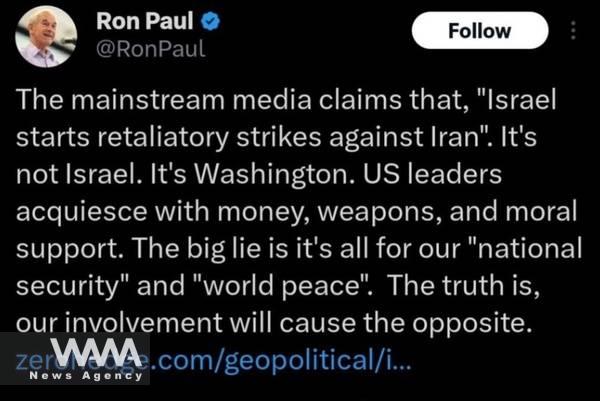
6. Female Pilots’ Participation: An Unrealistic Publicity Stunt
In a bid for attention, Israeli media published images of two female pilots, claiming they had participated in the attack on Iran. However, social media users quickly noticed inconsistencies in these images, as both pilots appeared in the back seat of the same aircraft with identical numbers, fueling mockery and skepticism about the authenticity of the claim.
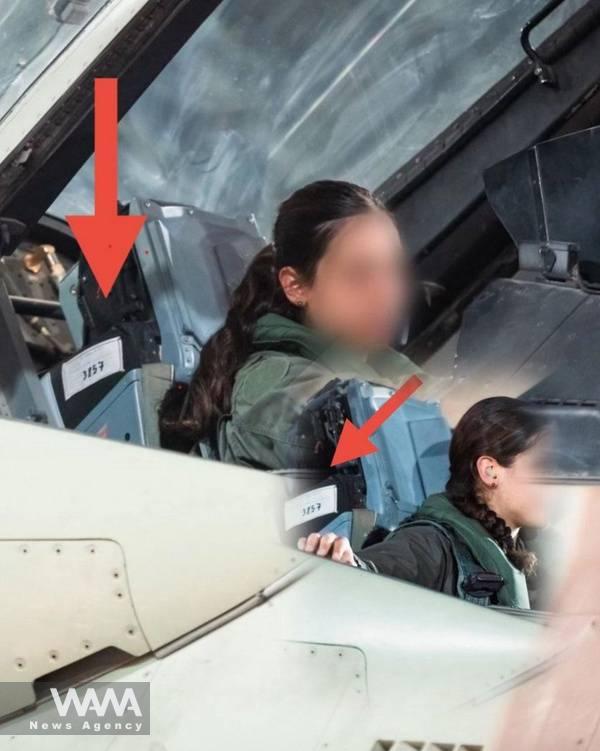
7. Presence of an Iranian-Born Woman: A Fake Victory
Another Israeli narrative claimed an Iranian-born female pilot named “Maria Eskandari” from Sanandaj flew an F-16 against Iran. Social media users, however, swiftly debunked this story, which followed the same pattern as previous fabrications.
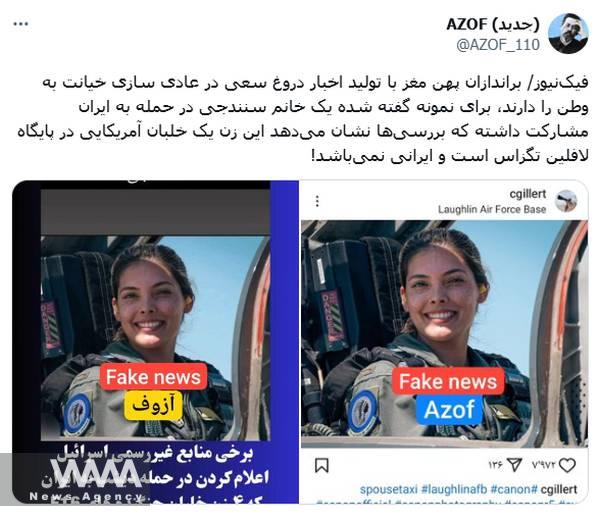
8. An Iranian Trap and an Injured Actor: The Height of Fiction
In one of the more bizarre claims, media reported that an Iranian actor, “Seyyed Javad Hashemi,” was injured as a supposed Iranian commander. This baseless story highlighted the Israeli media’s lack of fact-checking and served as yet another example of the creative lengths they went to fabricate the narrative.
